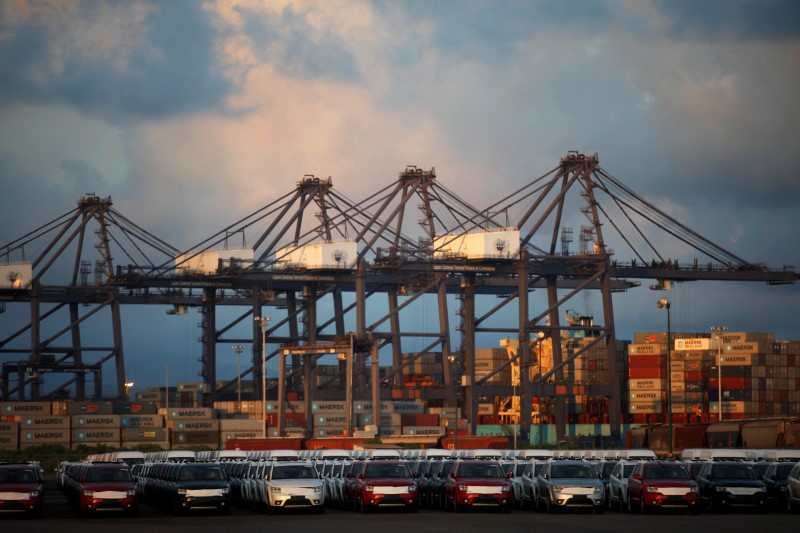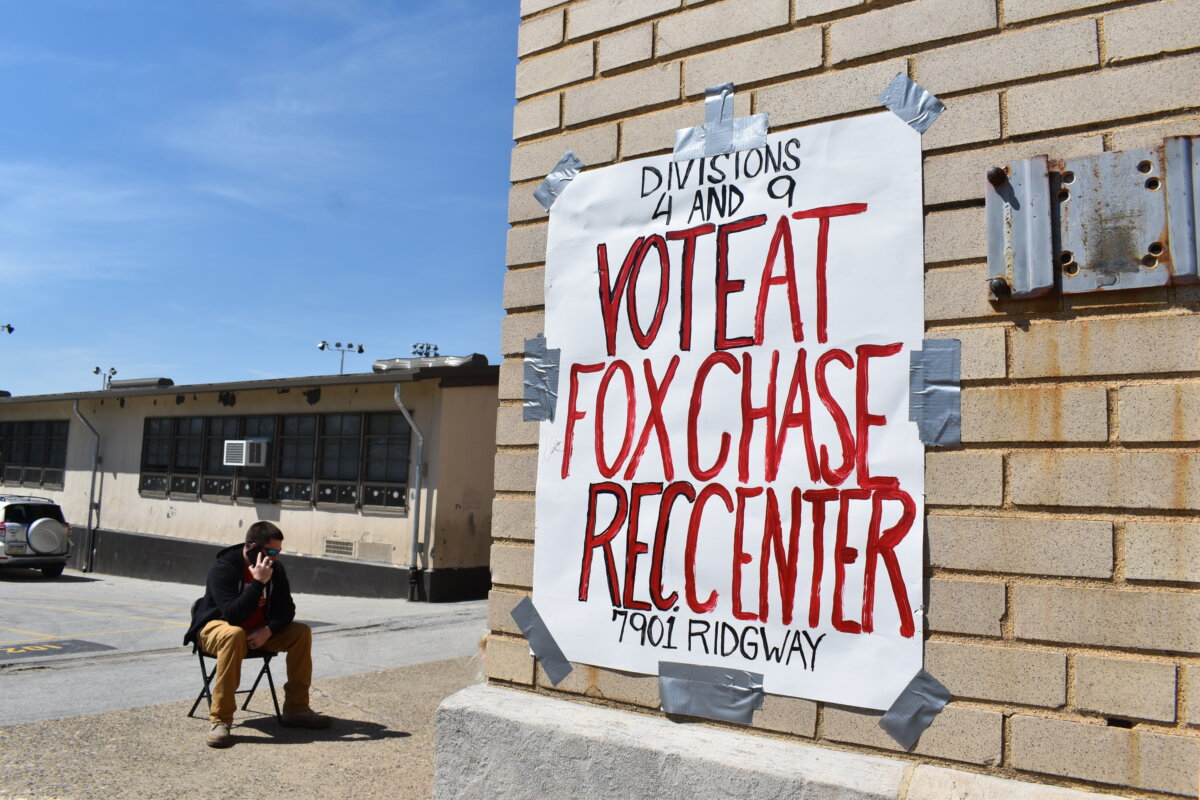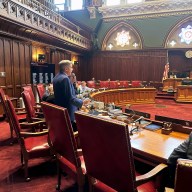By Gabriel Stargardter
MEXICO CITY (Reuters) – At least half the land needed to create Mexico’s new special economic zones is not federally owned, and will need to be acquired in some way, the official assigned to develop them said on Friday, ruling out expropriations. In May, President Enrique Pena Nieto signed a new law targeting underdeveloped states in southern Mexico that aims to offer tax breaks to lure private-sector investment.
The government has identified four initial areas for development: the Pacific port of Lazaro Cardenas, Puerto Chiapas on the border with Guatemala, the Gulf port of Coatzacoalcos, and the Pacific refinery town of Salina Cruz. Gerardo Gutierrez, the business leader charged with developing the zones, said he hoped to have so-called “anchor” companies, which would attract further investors, in place by the end of 2017, noting that over 30 companies were interested. According to two officials with knowledge of the zones project who spoke on condition of anonymity, more than 50 percent of the land required was not in federal hands, with a mixture of state, municipal and private holdings. When asked if it was true that over half the land was not in federal hands, Gutierrez said: “It could even be higher than that.”
He added that the land issue would be settled by the end of this year, and that it would either be bought, donated or exchanged for a stake in the project. He ruled out the possibility of expropriations. There have long been conflicts over the acquisition of land for federal and private-sector projects in Mexico.
In 2002, machete-wielding landowners scuppered plans for a new Mexico City airport. The problem is particularly acute in the southern states of Chiapas, Veracruz and Oaxaca, where landowner groups and teachers unions are prone to protest. Gutierrez said the aim was not to recreate the maquila model of low-cost factories common in the north of Mexico, but rather to lure value-added industries that could pay higher wages.
The aim is to attract companies from sectors including infrastructure, agro-industrial, transport and food production, he said. Problems of security and social unrest would need to be overcome to bring in investment, he added. Special economic zones have cropped up around the world in recent years, but, according to the World Bank, they have had mixed levels of success.
(Editing by Dave Graham and Jonathan Oatis)
Mexico lacks majority of land for special economic zones

By Gabriel Stargardter
















